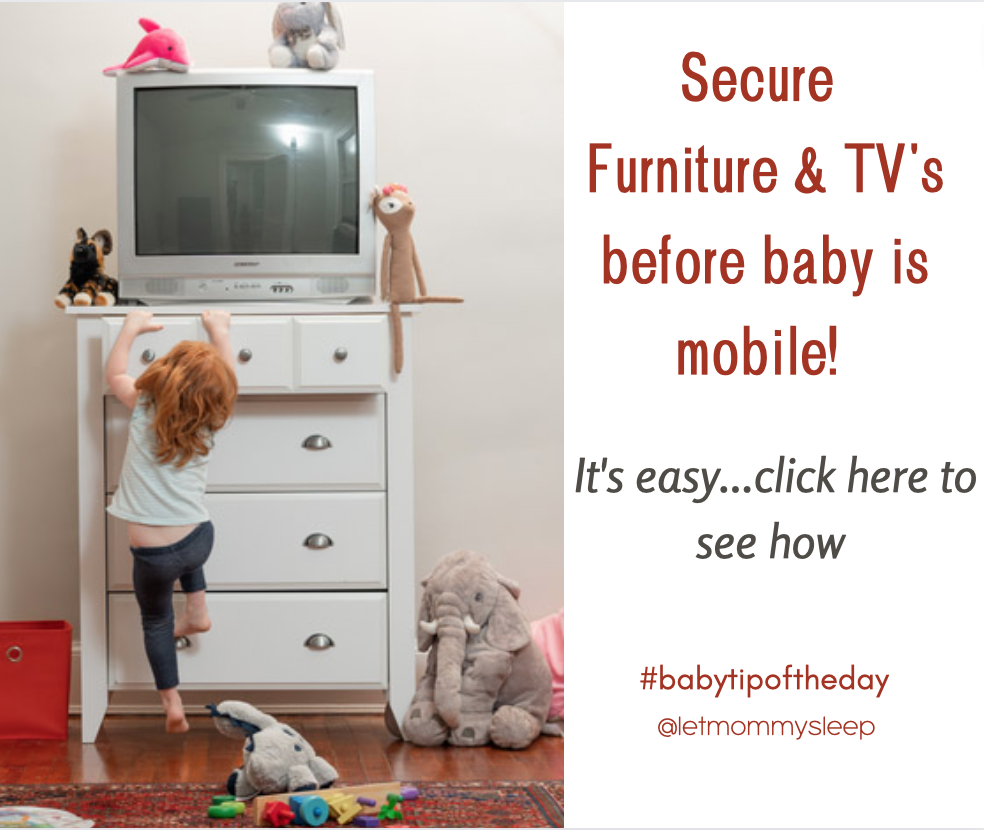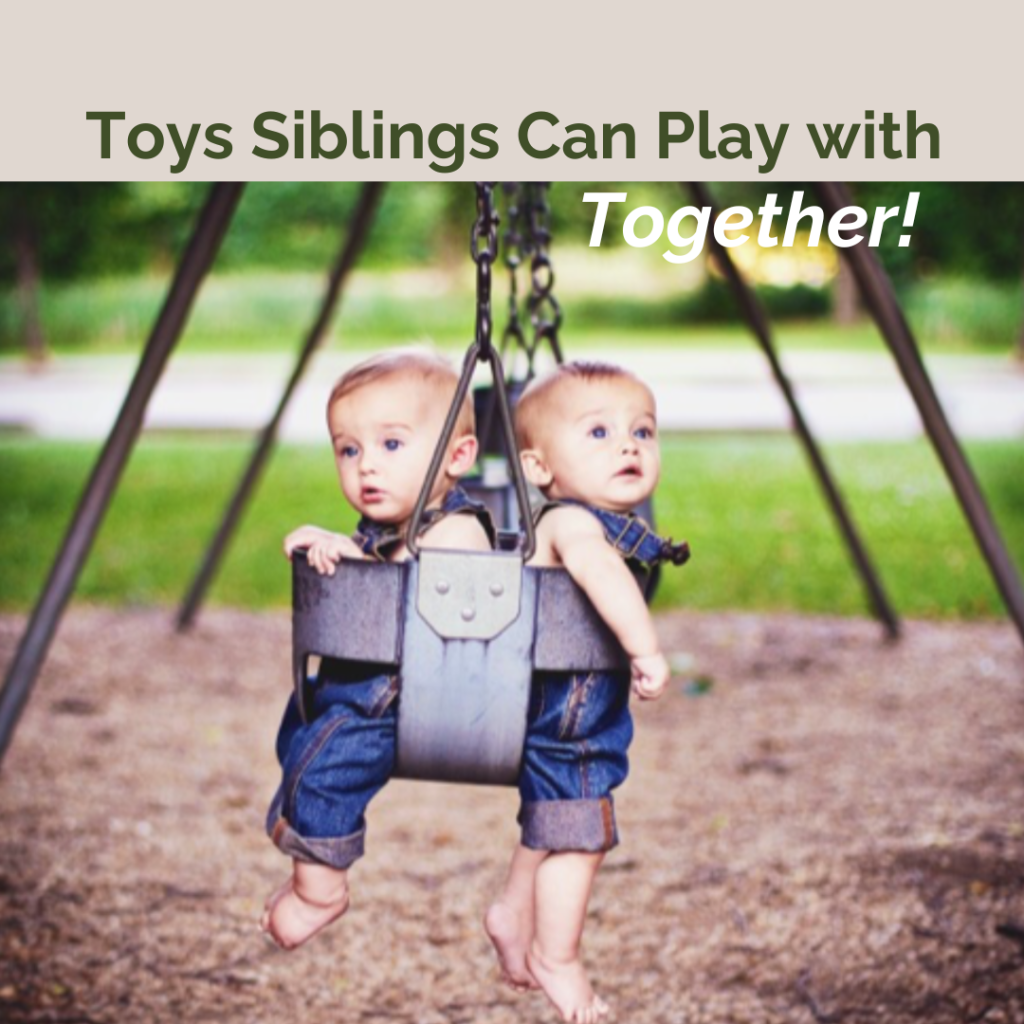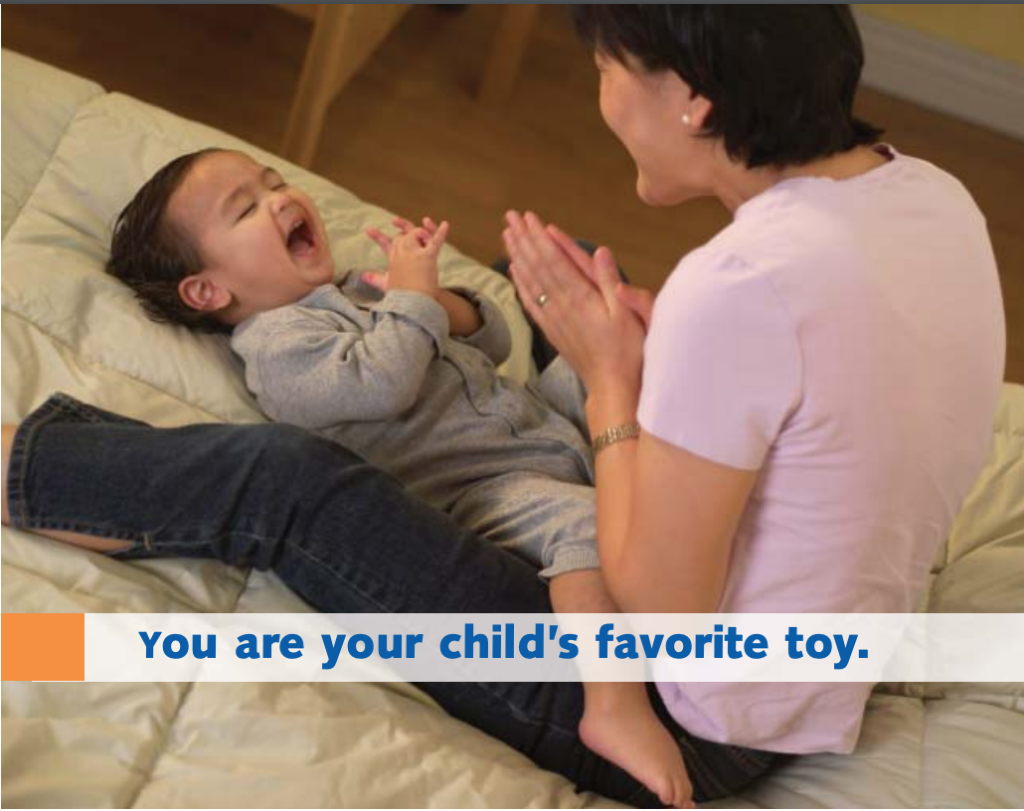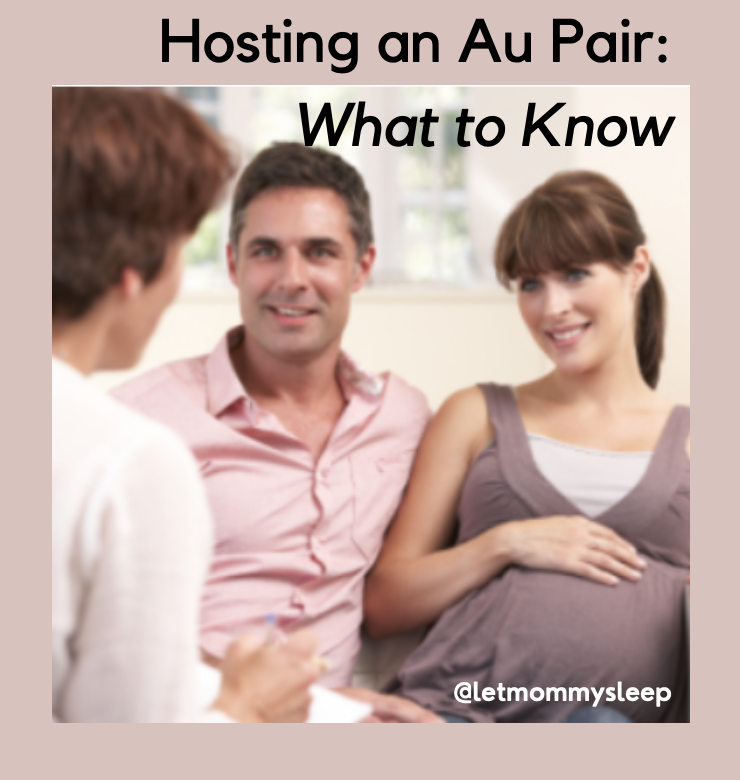Subscription boxes can be used to count down to baby’s arrival or help new moms and dads in the first few months of baby’s life. Our round-up of unique subscription boxes for new & expecting parents is below!

Subscription Boxes for Parents
Expecting and new parents usually have everything they need for baby. Travel apparel, diapers, nursery decor and fun onesies fill their homes! But many parents forget about themselves! We researched subscription boxes just for new moms and dads because they’re more than a gift, they’re a reminder for parents to care for themselves. For families that are spread out and parents who put self-care last on their list, a subscription box might be the perfect gift.
Here are a few of our favorites:
NoirePack Coffee Subscription – This box hardly needs an explanation.A collection from Washington States finest Campfires Coffee Co., a Black Owned company. For parents who love coffee and the caffeine that comes with it, this 6 month subscription is a perfect pick me up for postpartum parents. Each month’s box includes 4 different sample size coffees from local Seattle roasters.
Leggings Subscription: A unique gift after the postpartum phase these leggings of the month ensure moms are cozy and comfortable. It can be hard for moms to find time to shop for themselves after baby is born. Receiving these cute leggings and the thoughtfulness behind them may be just what a mom needs.
Date Night in a Box: Couples can reconnect without having to leave the house or hiring a babysitter! The inventors of Crated with Love are a family therapist and her husband, and together they’ve designed activities that aim to “inspire laughter and create quality one-on-one time” at home.
TheraBox: TheraBox is the #1 selling self-care box. With the tagline of “Happiness in a Box” we can see why! TheraBox includes aromatherapy, mindfulness activities, organic bath products and more. They promise over $100 in retail value per month. Subscriptions can last as long or as short as you’d like.
Don’t Forget to Eat!
And Snacks, Snacks, Snacks: Nutritious foods parents can eat with one hand are not only thoughtful but completely necessary! From international fare to traditional snacks, there is a subscription box for every new and expecting parent.
Eat2Explore boasts a new country to explore through cuisine every month! With kid friendly recipes this subscription box will be a hit with your older kids while making dinner time a little easier
Whether your loved one is pregnant or expecting, a subscription box can show you’re thinking of them even when you can’t be there. You can see our full list of subscription box picks on our Amazon shop!







